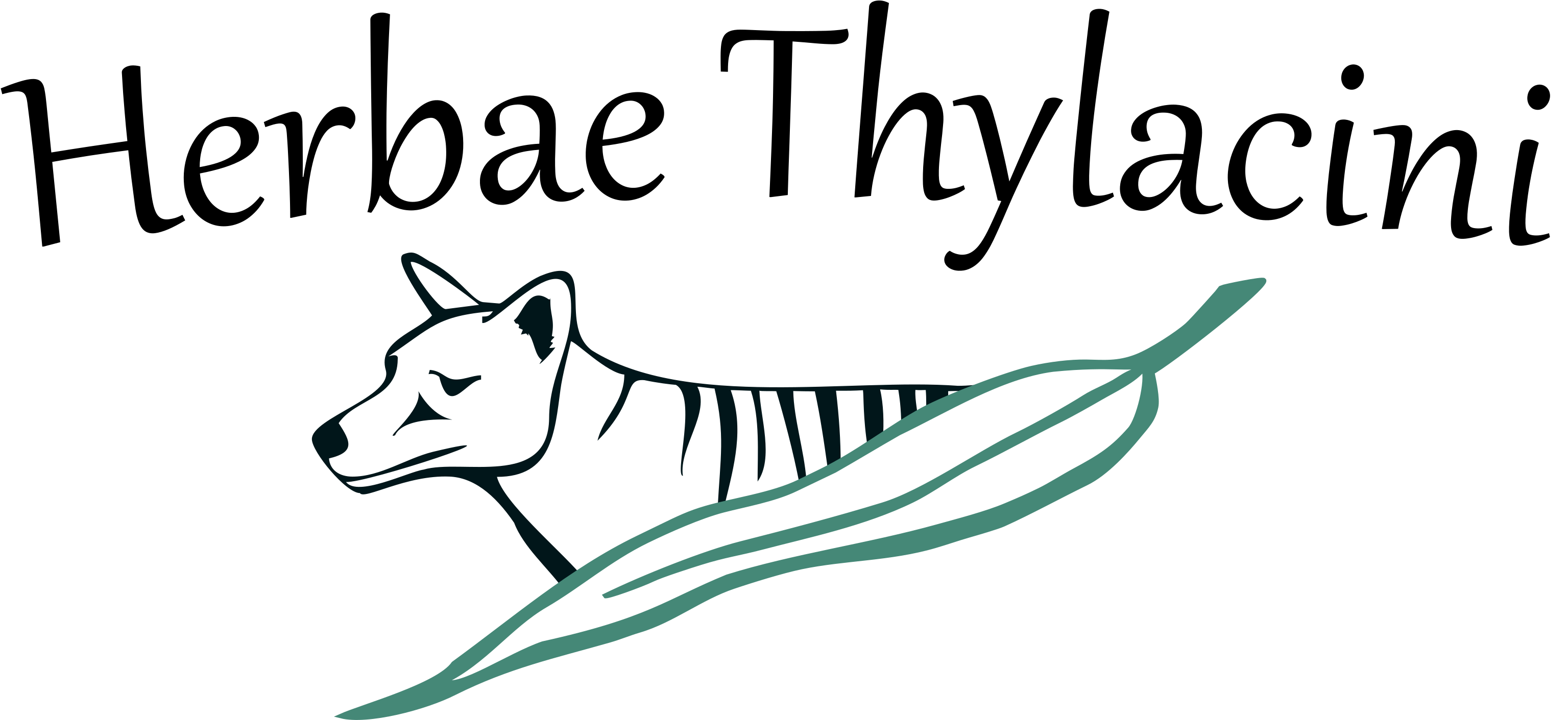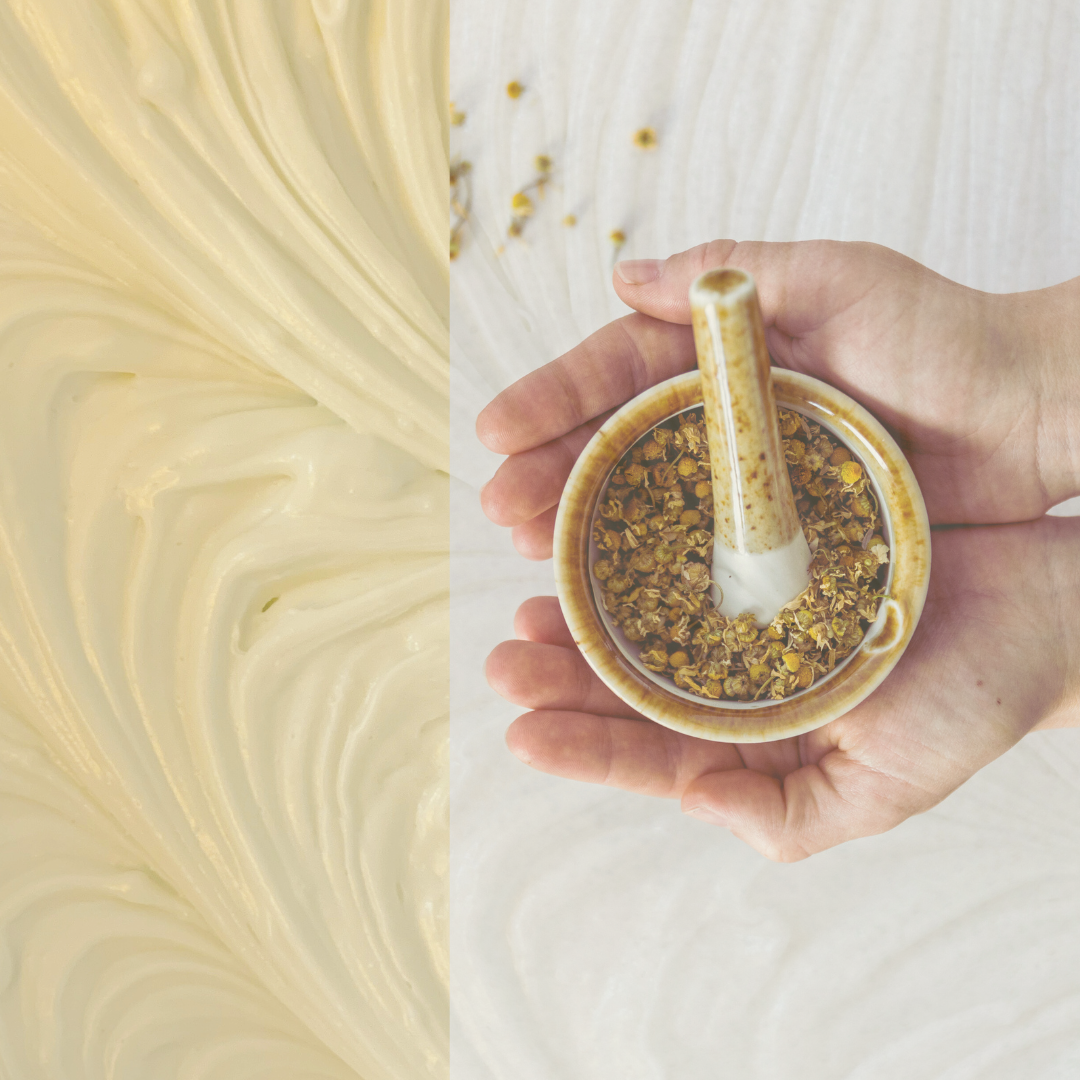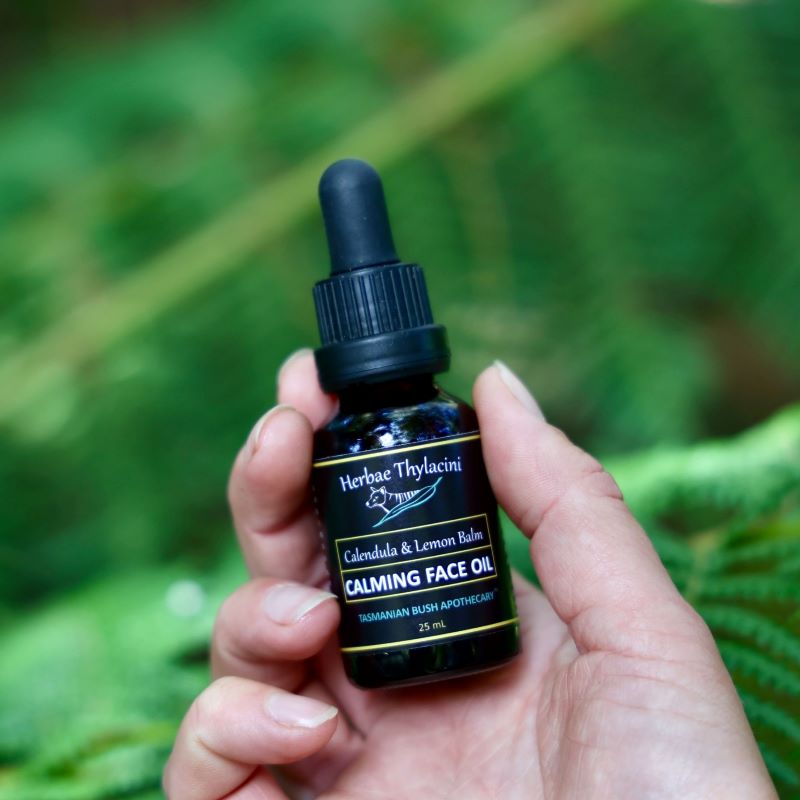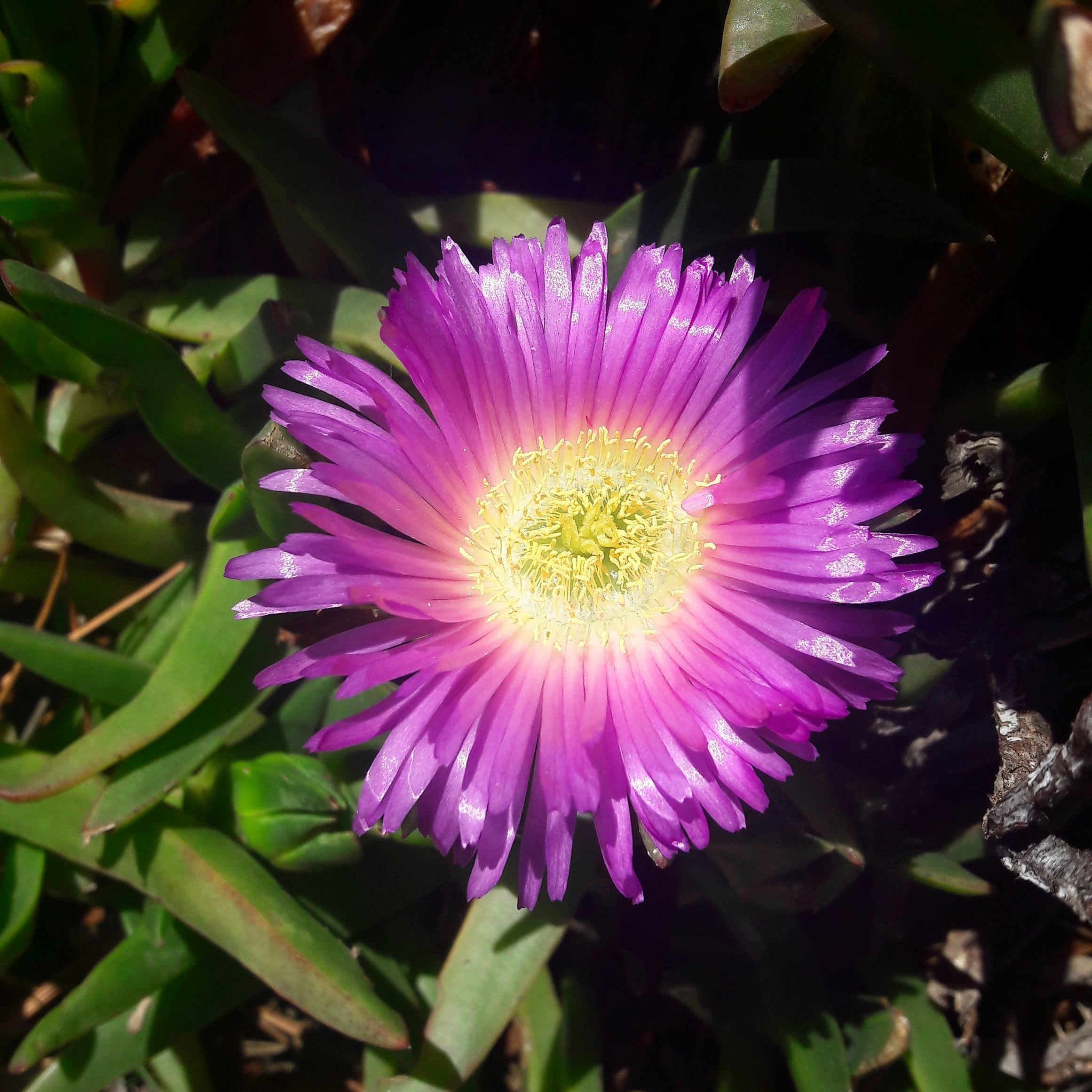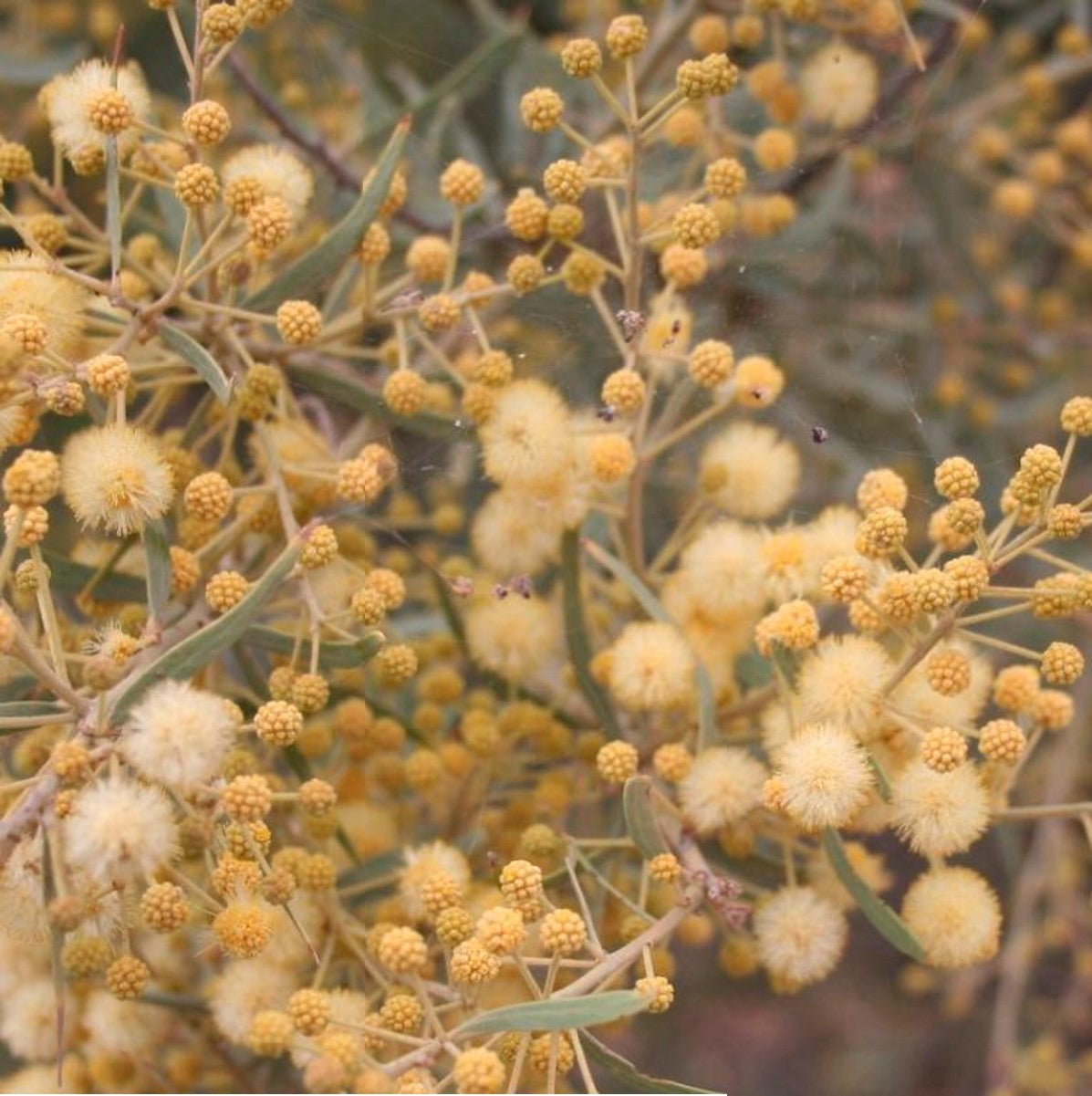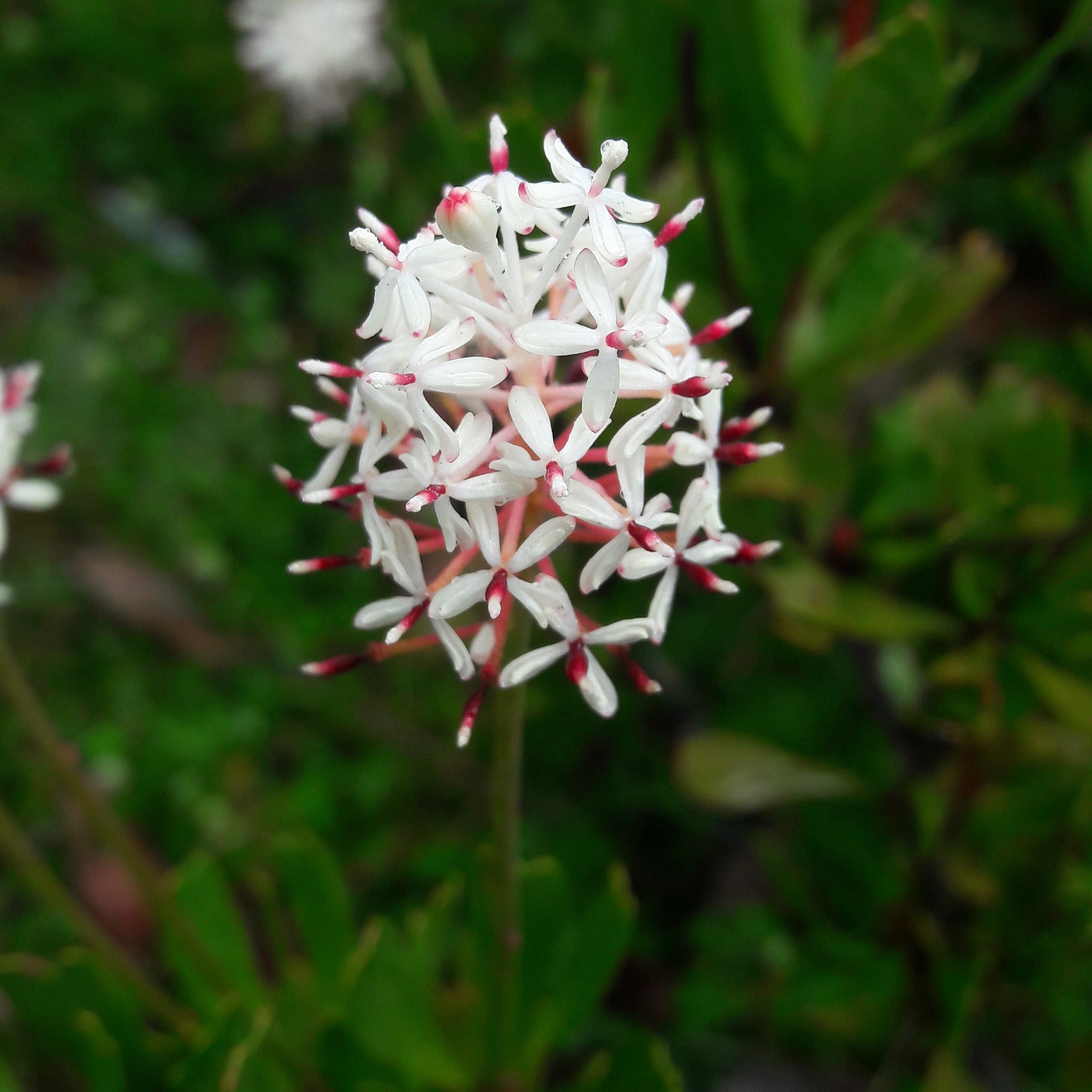
Mountain rocket (Bellendena montana): The most Ancient Tasmanian
Bellendena montana (Mountain Rocket) is the only species of this ancient genus (over 85M years old!). It is considered a “paleoendemic” species. This means it was formerly widespread but grows now only in a small restricted area, such as the mountains of Tasmania. The genus Bellendena belongs to the Proteaceae family, which is one of the most ancient lineages of vascular plants. Due to its uniqueness and age, studies of this family help to understand the biogeography of Southern hemisphere and the evolution of vascular plants.
Botanical description
Bellendena montana is a small erect shrub 10-60cm high. Leathery leaves are 1-4cm long, alternately arranged on a red-tinged stem. Flowers are white to pink, arranged in terminal (means “located at the top”) clusters. The stems are long and always held above the plant. The spectacularly red fruit (flattened and hanging papery sacs) must have reminded someone of flames from a rocket, hence Bellendena’s common name. Mountain rocket is widespread above 600m in both woodlands and grasslands. It grows at the top of Mt Wellington or at Cradle Mountain range.
Chemistry and medicinal uses
Bellendena had been studied in the past by researchers at the University of Tasmania for its chemical composition. 15 different (mostly tropane type) alkaloids were isolated from the plant in the 1970’ and 1980’. Most of them were isolated for the first time and hence given names that honour the plant: bellendine, isobellendine and their various derivatives [1,2]. More recently a series of arbutin derivatives was isolated from leaves of Bellendena using hot water and high pressure. Arbutin derivatives are present in other members of Proteaceae family, for example Greviellea sp. [4], Cenarrhenes nitida [3] and Agastachys odorata [3] and others. Curiously, arbutin is largely responsible for the disinfective properties of Bearberry (Arctostaphyllos uva-ursi). Bearberry is a traditional remedy for urinary tract infections and arbutin plays a central role in the healing mechanism.
---
This article was co-authored by Kristen Ethell, who completed a two-week internship at Herbae Thylacini in February 2020. Kris recently completed a Bachelor of Health Science (Nutrition) and Graduate Diploma in Environmental Health Science at the University of Queensland in Brisbane. She has a keen interest in sustainable food systems and passion for organic food. She shares Kaja’s vision that learning the unique value of native plants is particularly important environmentally (less transport emissions) and culturally. She recently joined Kaja at Herbae Thylacini to extend her knowledge of natural medicine.
References:
[1] Bick, I. R. C. et al., Aust. J. Chem., 1979, 32, pp. 1827-40
[2] Bick, I. R. C., J. et al., Med. Plants Res., 1981, 41, pp. 379-385
[3] Deans, B. J. et al., J. Nat. Prod., 2018, 81, pp. 1241−1251
[4] Wang, H. et al., Natural Product Communications, 2008,3, pp. 57-64
